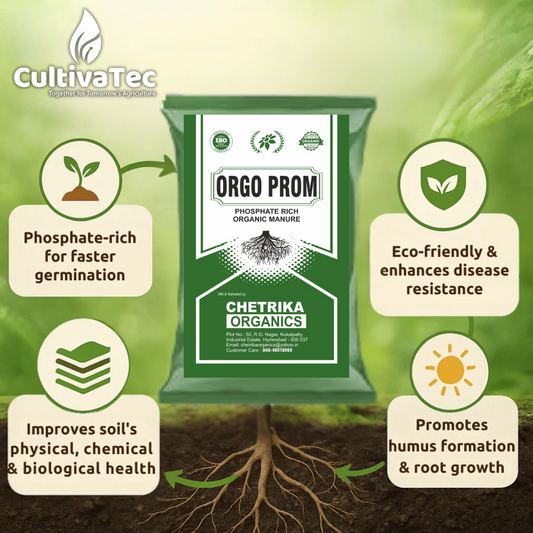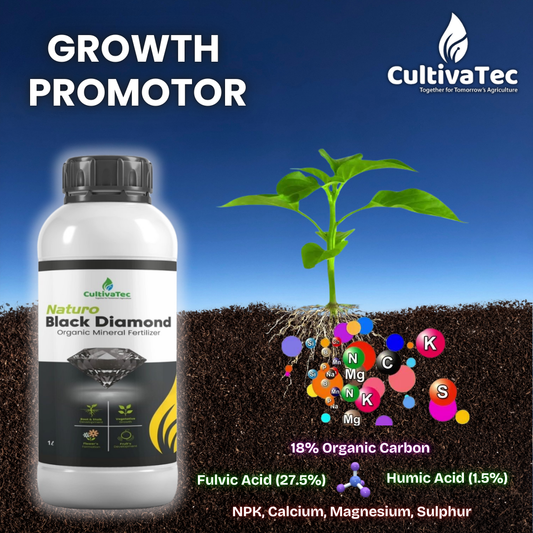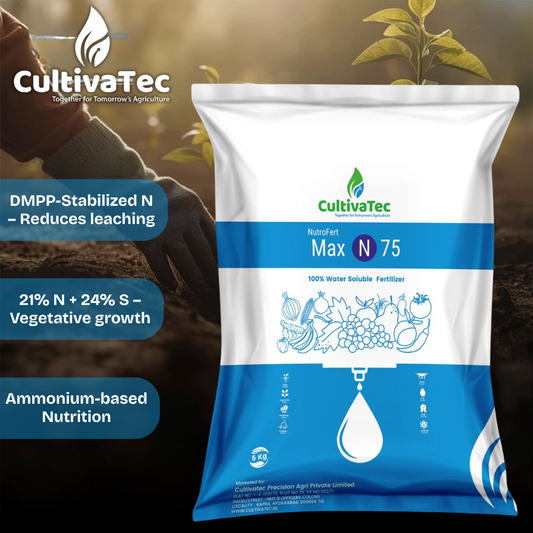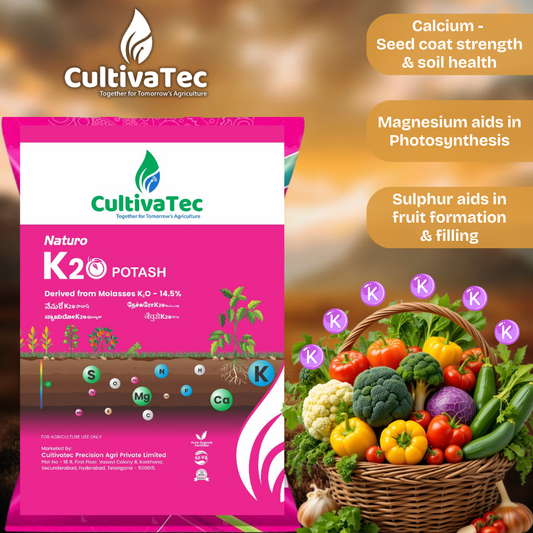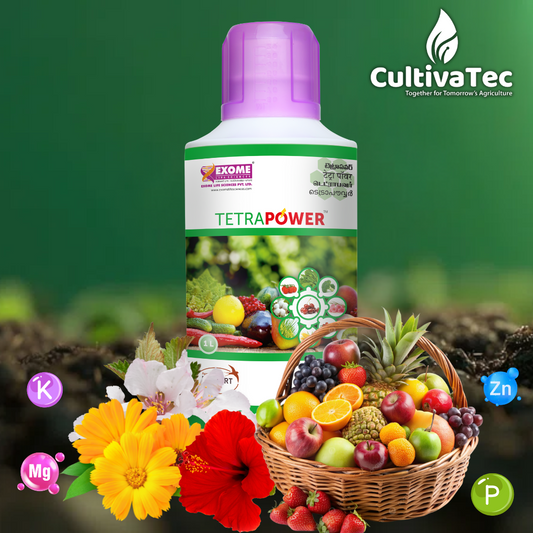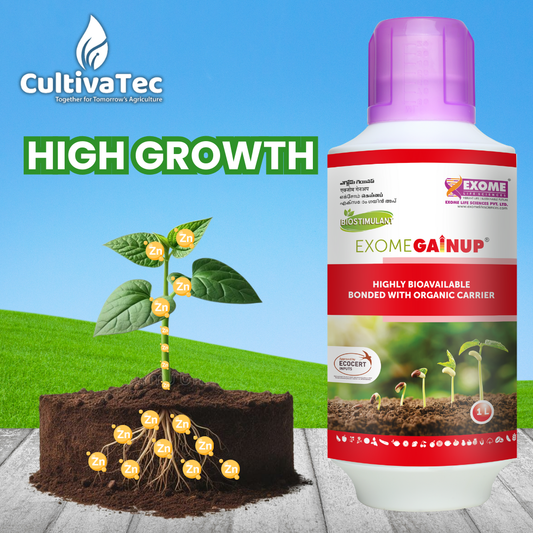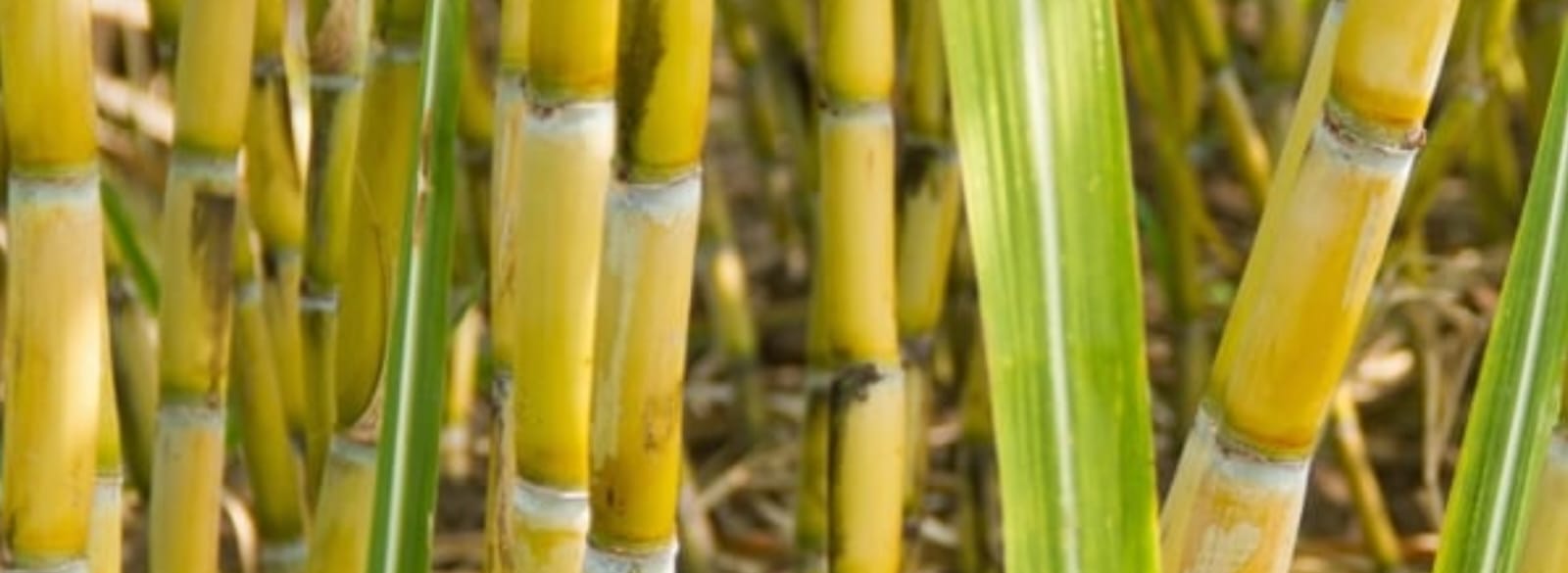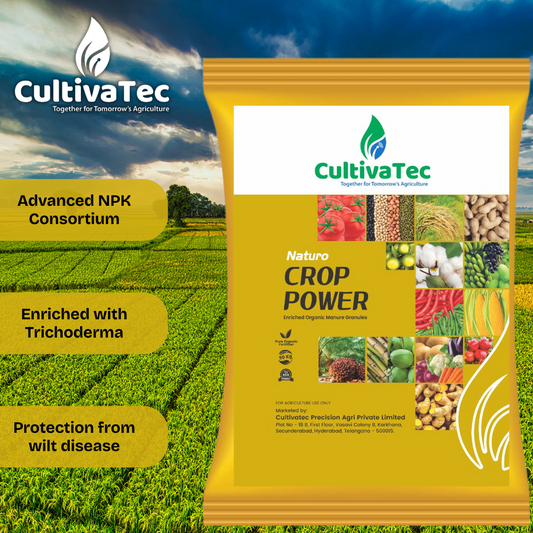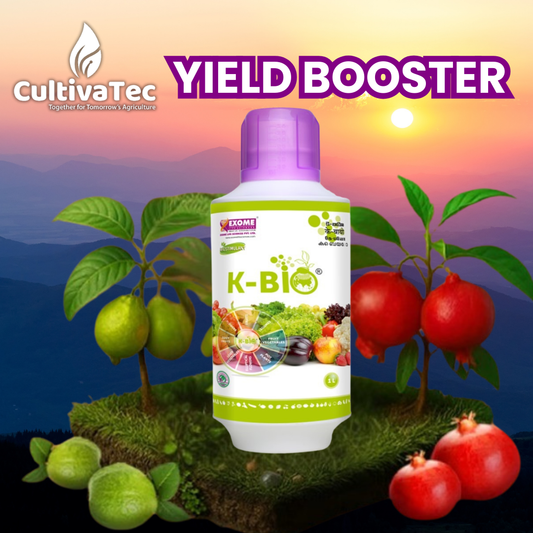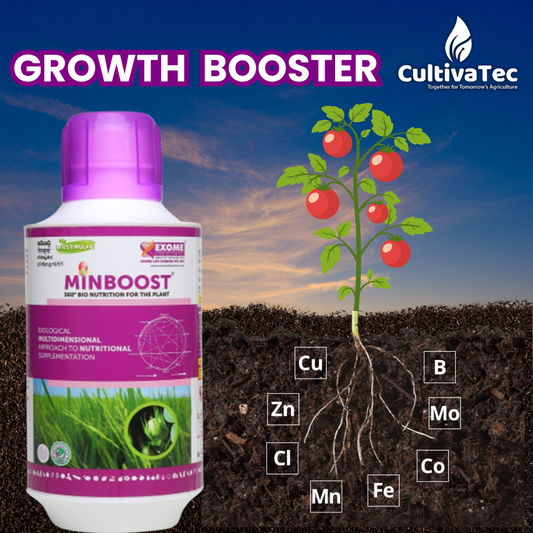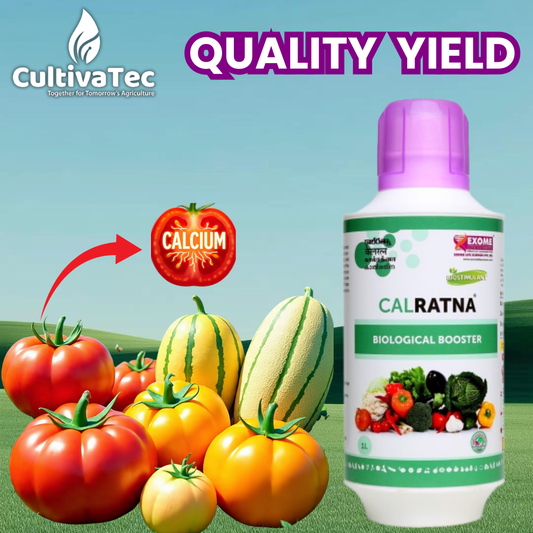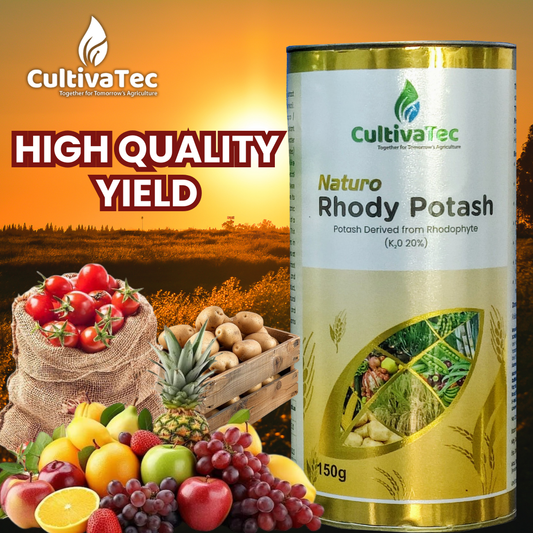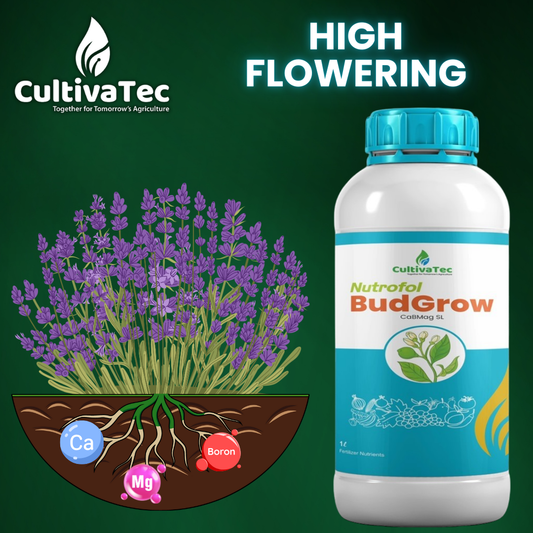cultivatec smart practice
Cultivatec
Expected fertilizer and Agrochemical Expenditure
Rupee 23,000
Expected Harvest
15 quintal/acre
Expected Income [Rs]
Rupee 75,000
standard practice
Standard farming
Expected fertilizer and Agrochemical Expenditure
Rupee 26,000
Expected Harvest
12 quintal/acre
Expected Income [Rs]
Rupee 60,000
Stage 1: Sprouting (0–30 days)
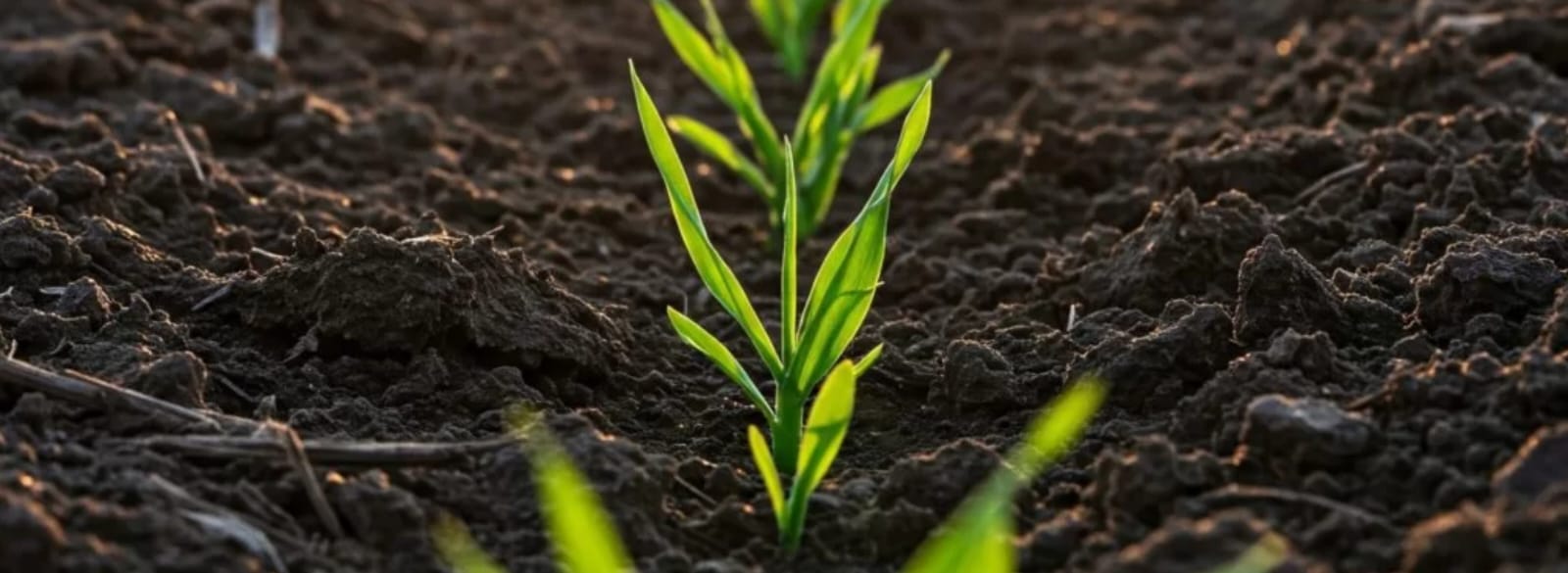
Seed germination and root priming dominate this stage, with sett sprouting and early root establishment determining successful crop stand.
Physiological Markers:
Rapid root elongation, early leaf unfolding, and uniform seedling vigor are the key markers. Optimum soil temperature of 25–30 °C and pH 6.0–6.8 ensure proper nutrient uptake. Moist, well-drained soil is critical; waterlogging or drought increases the risk of damping-off.
Key Nutrient Focus:Focus on phosphorus for root development, soil conditioners for soil health and nematode control, and humic/fulvic acids for early vigor. Zinc is applied only if deficiency is present.
Critical Indicator:
Uniform sprouting with robust primary roots.
Stage 2: Tillering (30–90 days)
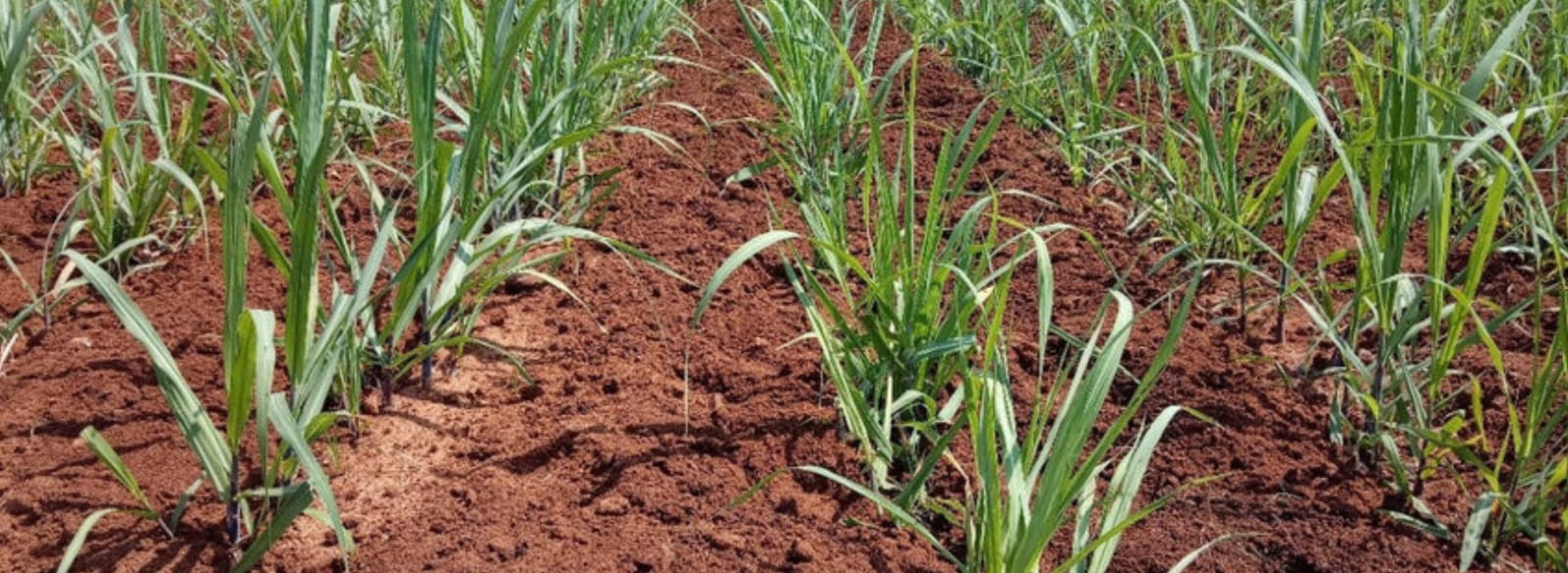
Tillering stage determines cane population and early vegetative growth. Multiple shoots develop from the base, forming the potential productive stalks.
Physiological Markers:
Maximum tiller formation, healthy leaf expansion, and active root branching. Soil moisture and nutrient availability critically influence tiller survival and vigor.
Key Nutrient Focus: High nitrogen and potassium demand to support tiller growth. Zinc enhances enzyme activity and chlorophyll synthesis. Humic/fulvic acids improve nutrient uptake and stress tolerance.
Maximum healthy tiller formation with uniform shoot growth.
Stage 3: Stalk Elongation (90–180 days)
Rapid vegetative growth and stalk elongation dominate this stage, setting the foundation for final cane height and weight.
Physiological Markers:
Elongating stalks, expanding leaf canopy, and vigorous root system. Rapid nutrient uptake and photosynthetic activity are critical for cane mass accumulation.
Key Nutrient Focus: Moderate NPK supply, primarily via organic base fertilizers. Potassium supports stalk strength and sugar transport. Micronutrients and humic acids enhance leaf and stem metabolism. Foliar calcium is optional for stalk quality.
Rapid stalk elongation with strong, healthy stems.
Stage 4: Maturation / Sugar Accumulation (180–270 days)
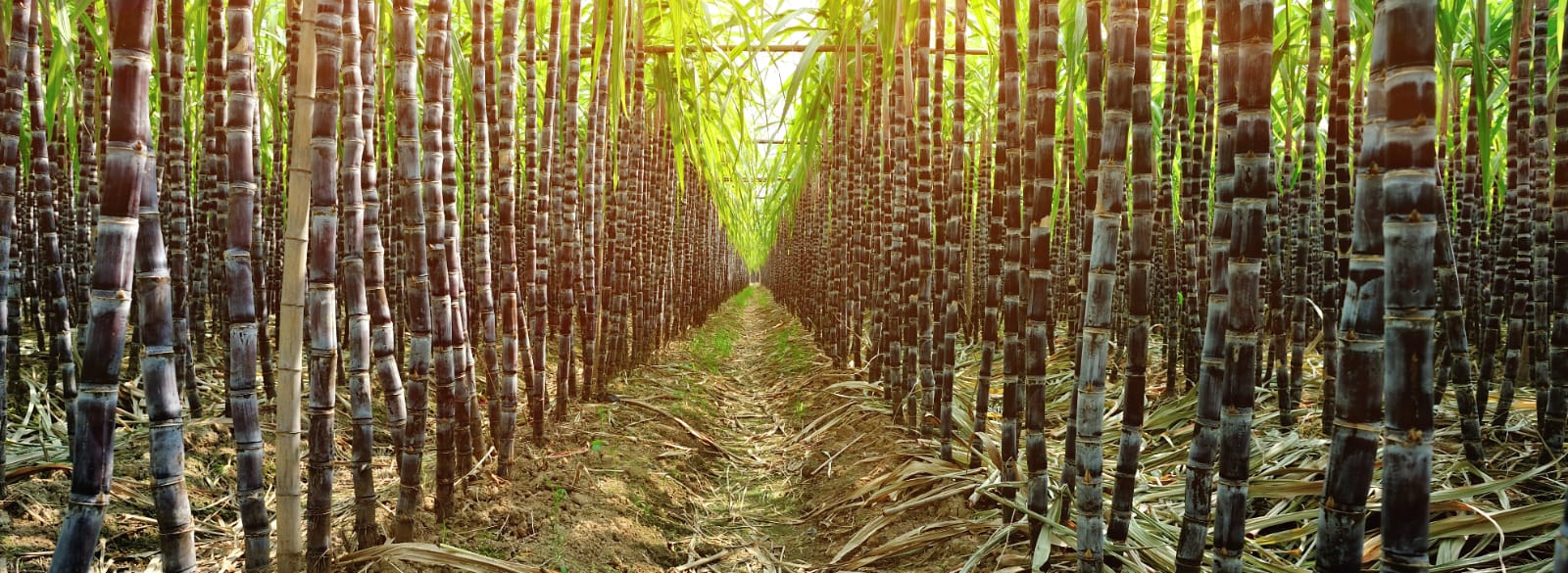
The focus shifts from vegetative growth to sucrose accumulation and cane hardening, determining final yield quality.
Physiological Markers:
Stalk thickening, sugar deposition in internodes, and reduced vegetative growth. Leaf senescence progresses naturally, while photosynthesis continues to supply sugars to the cane.
Key Nutrient Focus: Potassium is critical for sugar transport and stalk firmness. Calcium, boron, and magnesium support cell wall strength and sugar synthesis. Nitrogen is minimal; excessive N reduces sucrose content. Zinc applied only if deficiency occurs.
High sucrose accumulation and cane firmness.
Ratoon Crop
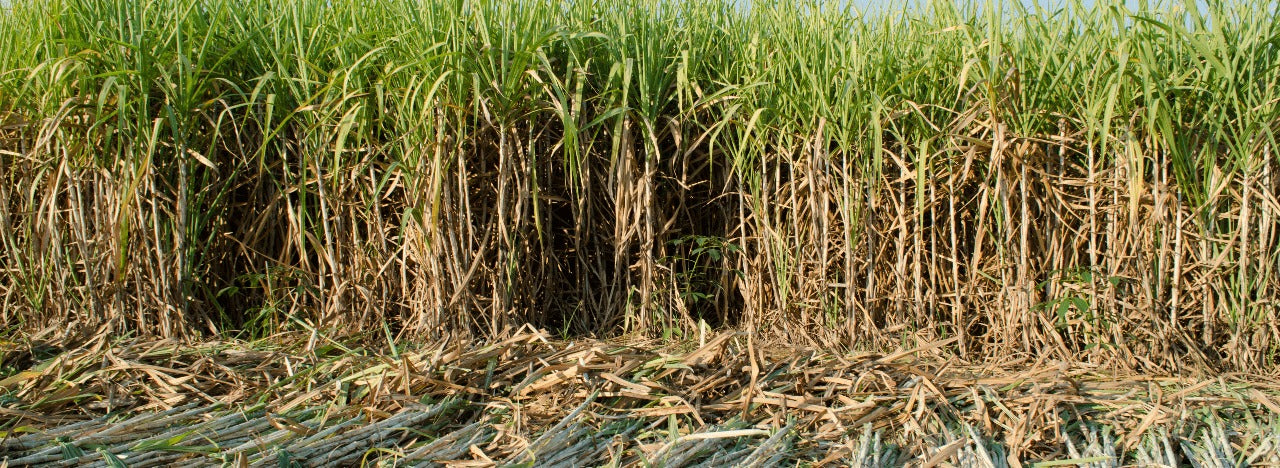
The ratoon crop emerges from underground stubble left after harvesting the plant cane, bypassing the germination stage. Regrowth begins rapidly, with early sprouting of dormant buds and quick establishment of shoots. Uniform sprouting and tiller survival are the key physiological markers of a successful ratoon.
Since the root system is already developed, nutrient uptake is faster, but soil exhaustion from the previous crop makes fertility management critical.
Good ratoon management involves removing trash, treating stubbles with organic conditioners to suppress pests and improve soil health, and timely irrigation. Stress management is vital, as ratoon crops are more prone to pest pressure and nutrient deficiency than plant cane.
Nutrient Management:
Higher nitrogen is required in ratoon crops than in plant crops.
Recommended doses: Apply 170 kg N, 50 kg P, and 60 kg K per hectare, split into 3 applications—3 weeks after stubble shaving, 7-8 weeks after shaving, and at earthing up.
Incorporate compost/FYM (20 t/ha), biofertilizers (Azospirillum, phosphobacteria), and bio-compost.




